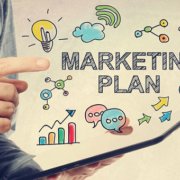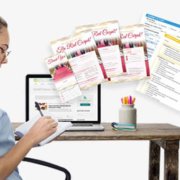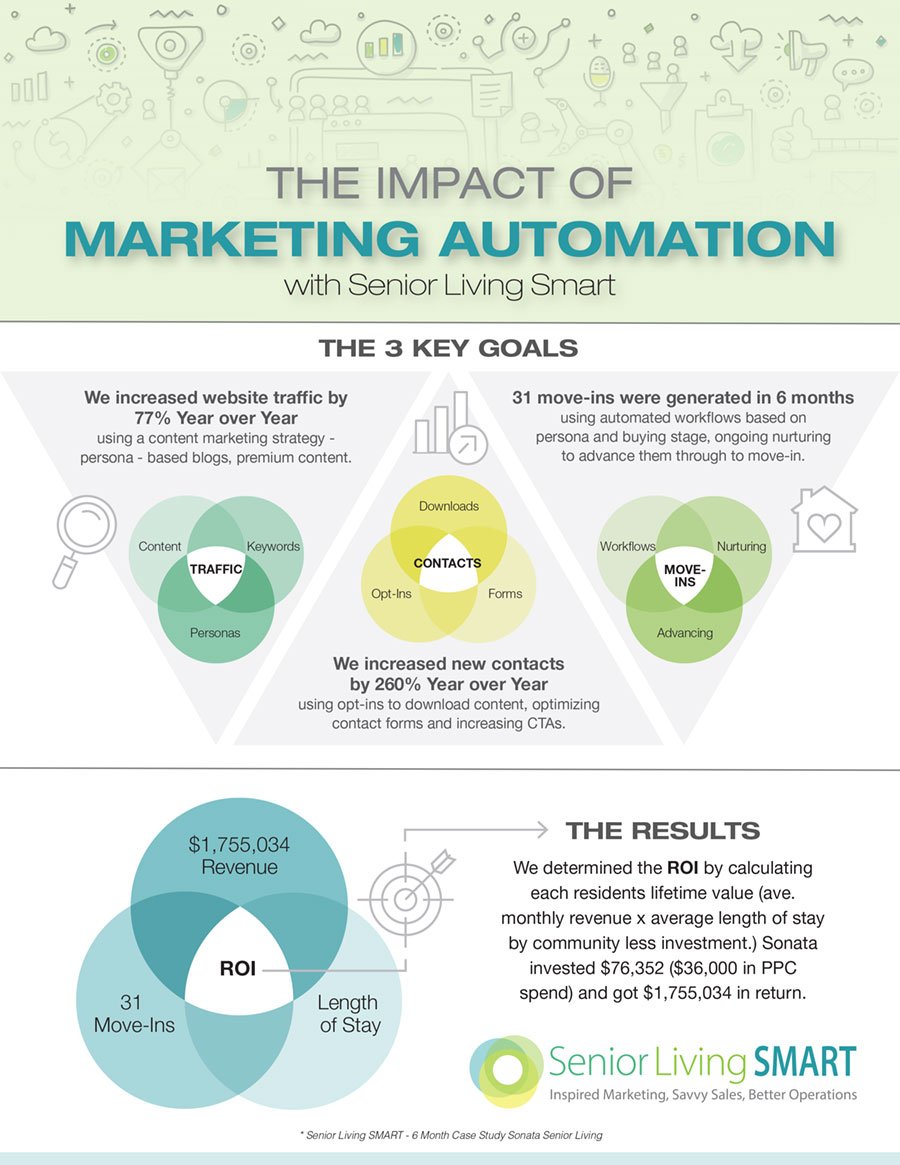The Senior Living Marketing Agency Trap
We are a senior living marketing agency. Over the years, we’ve worked with marketing agencies, and we‘ve hired marketing agencies at various times throughout our growth. This gives us a unique perspective on the pros and cons of the typical marketing agency model.
Here are some of the lessons we‘ve learned about the agency world.
Lesson #1: Be Wary of the Ol’ Bait & Switch.
Too often, a strategic leader in the marketing agency will woo you, but the minute the deal closes, they disappear.
That’s a big problem because the greatest value provided by an industry-specific marketing agency is in the development of the strategy. If you don’t have a sound marketing strategy, nothing else matters.
On a couple of occasions in our earlier years, we were “sold” by a charismatic and strategic agency leader with great insights and ideas. But after we signed the contract, we never saw or spoke to that person again.
Pro Tip: Before you sign the contract, learn how often the strategic leader will be joining results calls and strategy sessions. (They should be involved at least quarterly.) Make sure you have this point outlined in the contract. Psst: When you work with Senior Living SMART, you always get one of us—the founders—on your team.
Lesson #2: Remember, You Get What You Pay For.
In the world of marketing agencies, the budget you’re willing to spend will determine the experience and quality of the team assigned.
Only clients with the largest budget will get the A Team. Agencies employ marketing specialists with a wide variety of experience levels from entry level on up. This means, you may end up with a B, C, or D team based on your spend.
Pro Tip: Before you sign the contract, find out all you can about the people on your marketing “team.” This should include their professional marketing experience, how long they’ve been with the agency, and what other senior living clients they’ve worked with. You can learn all about our senior living marketing team here.
Lesson #3: Make Sure Your Brand is NEVER Held Hostage.
Read your marketing agency contract carefully and be sure that you own your content and brand elements! We’ve worked with senior living clients who’ve discovered their agency would not release their logos, images, and creative files to them. In essence, the agency was basically holding the brand hostage.
Pro Tip: Always retain the original art files, brand guidelines, logos, and images you purchase. And have an attorney double check your contract before signing.
Lesson #4: Be Skeptical of Too Many Trade Secrets.
In the course of delivering a great digital marketing experience, agencies will employ multiple technologies for analytic and diagnostic purposes. Most will “white label” these resources so they can retain the licenses and own the marketing “secrets.”
This might be OK while you’re working with the agency. But in the future, you might want to transfer the licenses to yourself or another agency—and you shouldn’t have to lose your historical data in order to do so. Here are some examples where the data and analytics can really pile up: marketing automation software, reputation management, social sharing platforms, SEO, and heat mapping tools.
Pro Tip: Before signing the contract, get a list of all tools and technologies that will be used to manage your account and be sure there is a process to transfer all licenses to you or your next agency.
Lesson #5: Your Agency’s Idea of “Success” Doesn’t Match Yours.
We worked with marketing agencies that were always excited to report their wonderful results in reaching various goals. The problem? Their goals were NOT our goals.
Goal setting should be collaborative and realistic. Don’t be fooled by the fluff reporting of impressions, views, clicks, and website traffic. In the senior living industry, the best measurements of success are conversions-to-leads, tours, and move-ins.
Pro Tip: Ask about reporting up front. What will be measured? What are the sources of truth? How will ROI be determined?
Learn from our lessons and avoid these mistakes!
And if you’re looking for a senior living marketing agency that works exclusively in the senior housing and care industry, we’d love to chat. Click here to schedule a 30-minute brainstorming session.










 1. You never get a second chance to make a first impression.
1. You never get a second chance to make a first impression.


